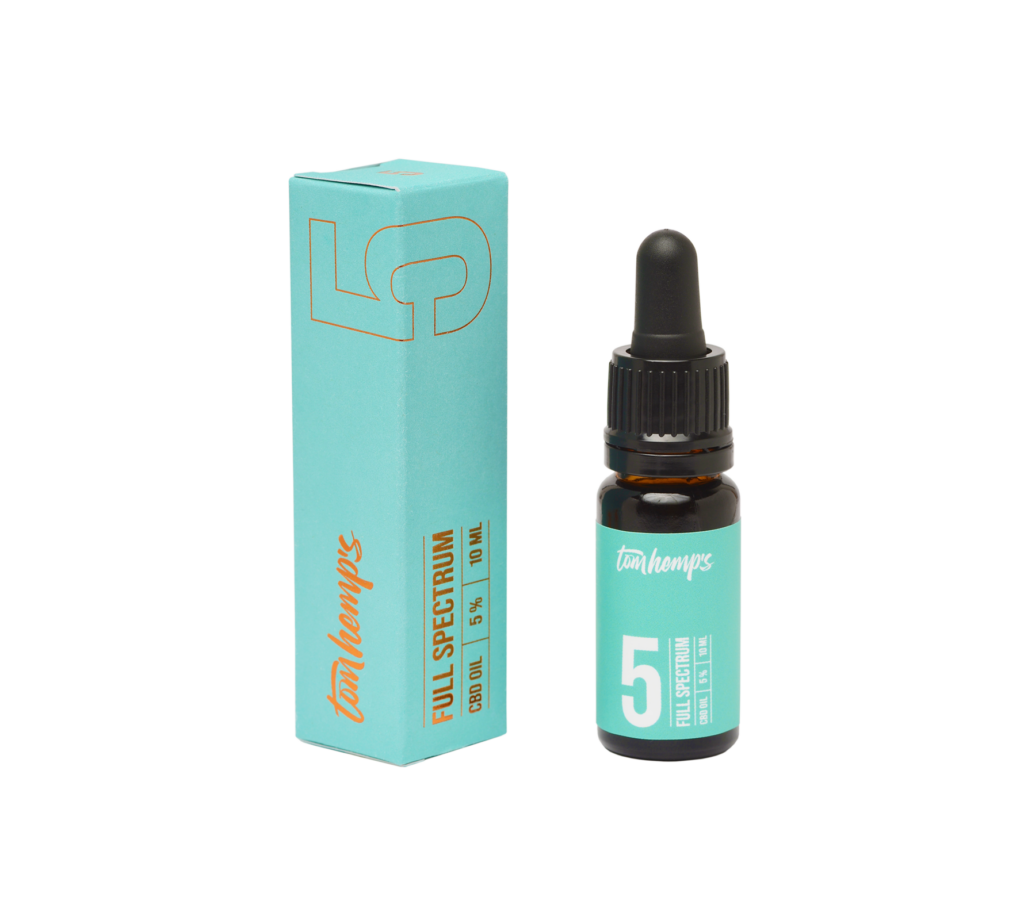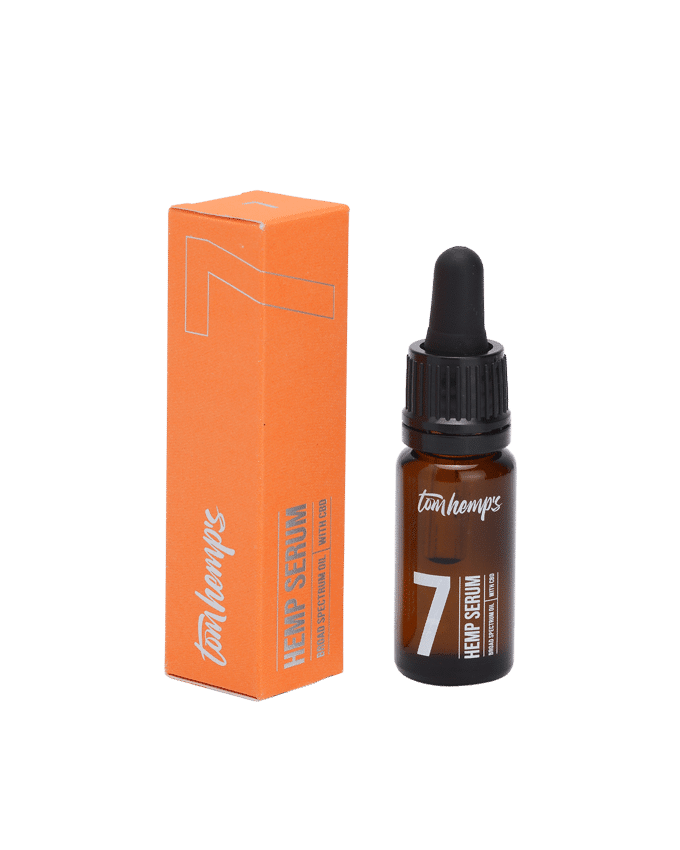Let’s get physical – CBD for Endometriosis and painful periods
Before understanding the impact of CBD (cannabidiol) on endometriosis pathologies and menstrual pain, a few definitions are necessary. Are you ready for a small lesson?
Endometriosis is a chronic disease, generally recurrent, which affects 6 to 10% of the female population. The endometrium is the mucous membrane of the walls of the uterus. Endometriosis happens when this mucous membrane grows elsewhere by abnormally migrating towards the fallopian tubes, cervix, ligaments, ovaries, the peritoneum, or even to non-genital organs such as the bladder or colon.
Even though the endometrium develops elsewhere than in the uterus, which is its usual place, it will follow the hormonal logic of the 28-day cycle and will disintegrate, causing blood flow. The causes of endometriosis can be multiple. Early and painful menstruation with short cycles, a gynaecological operation history or in utero exposure to diethylstilbestrol, are all plausible explanations.
Symptoms are heavy periods around the third day of the cycle and constant pain. Several medical examinations, including ultrasound, MRI or other radiology techniques, allow this disease to be diagnosed.
Although it usually disappears at menopause, medical treatment is often sufficient to regulate the condition, but endometriosis retains a psychological impact due to the pain. Alternative medicine and a healthy lifestyle can provide relief. In this context, we will see below that the use of CBD oil can help to relieve the pain and the harmful effects of the disease.
Painful periods or dysmenorrhea:
Let’s get in touch with the uterus: Menstrual pain affects 50 to 80% of fertile women. Among them, 5 to 15% of women have to change their daily routine during the two or three days of intense pain. In general, this period is incredibly painful during adolescence and just before menopause because of the more significant hormonal variations.
This pain is explained by uterine contractions due to the cessation of estrogen and progesterone production after ovulation and in the absence of fertilization. The endometrium produces too many prostaglandins, which are responsible for these painful contractions of the uterus and sometimes reach other organs causing nausea, diarrhea or headaches.
Cases of primary dysmenorrhea are also often linked to inflammation, the causes of which are not yet well known, due to a lack of medical research in the field. Traditional treatments such as birth control pills or ibuprofen do not work in all cases.
The benefits of CBD oil intake for patients:
Dr John Thiel, the provincial head of the Department of Obstetrics and Gynecology at the University of Saskatchewan in Regina, Canada, suggests the existence of cannabinoid receptors in the female genital tract. CBD interferes directly with these receptors, which reduce pelvic pain and is thought to have a positive effect on pain management. One of the scientific studies carried out on 134 patients with chronic pelvic pain who took CBD oil concluded that it had a positive impact on 60% of cases.
In the specific case of endometriosis, when the endometrium outside the uterus causes bleeding, it releases inflammatory mediators responsible for pain and syndromes such as irritable bowel or fibromyalgia. Thus, CBD oil, with its potential anti-inflammatory properties, would act where traditional treatments do not work.
Furthermore, studies have shown that CBD acts directly on the nervous and inflammatory systems, resulting in a reduction in pain. The Swiss association S-Endo recommends taking CBD oil when traditional drug treatments do not work.
However, it is important to note that the Canadian Medical Association (CMA), as a precautionary measure, does not recommend the use of CBD for pregnant women. One of the most effective ways to take CBD is in the form of an oil. Check out all our great Tom Hemp’s CBD oils and oral sprays.
If you spend some time looking up endometriosis and CBD on the internet, you’ll find a vast number of reports on many different platforms. A lot of those reports describe how CBD has helped with the pain that is caused by endometriosis.
This natural method to ease the pain has long been popular with patients of the condition. There are quite a few positive aspects about helping endometriosis with CBD, which we have summed up here for you.
Due to CBD being a natural alternative to pharmaceuticals, the side-effects are close to zero – which brings peace to mind when considering the sometimes scaringly long package leaflets.
In addition to the proven pain-relieving and anti-inflammatory effects of CBD, it might be even more of a power weapon in the case of endometriosis: in 2002, M. Guzmán, C. Sanchez and I. Galve-Roperh conducted a study under the name of “Cannabinoids and cell fate“, which attests to the direct influence that CBD can have on deciding whether a cell lives or dies.
This means that CBD might help to prevent the spreading of the cells which cause endometriosis. If you consider using this natural remedy, you should use it sublingually, meaning, that you just put a few drops underneath your tongue. You can start with a small dose of one drop three times a day, and then increase the dose if needed.
If you’re new to the whole game, check out Tom Hemp’s article on finding your ideal CBD dose.
If you need more info, drop us a line, phone or pass by.
Cheers!
Photo: Ava Sol / Unsplash



